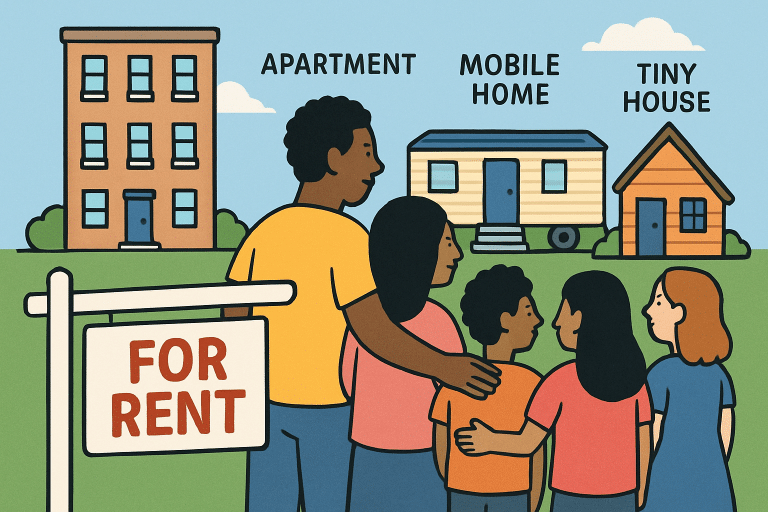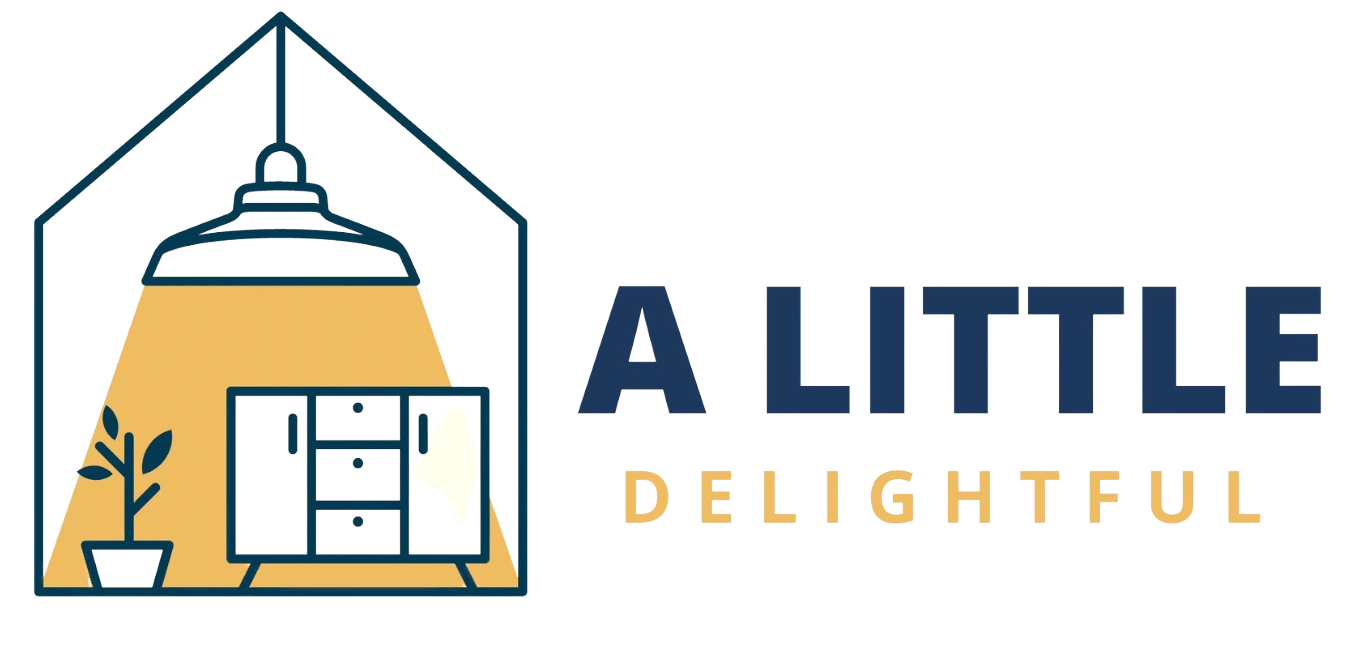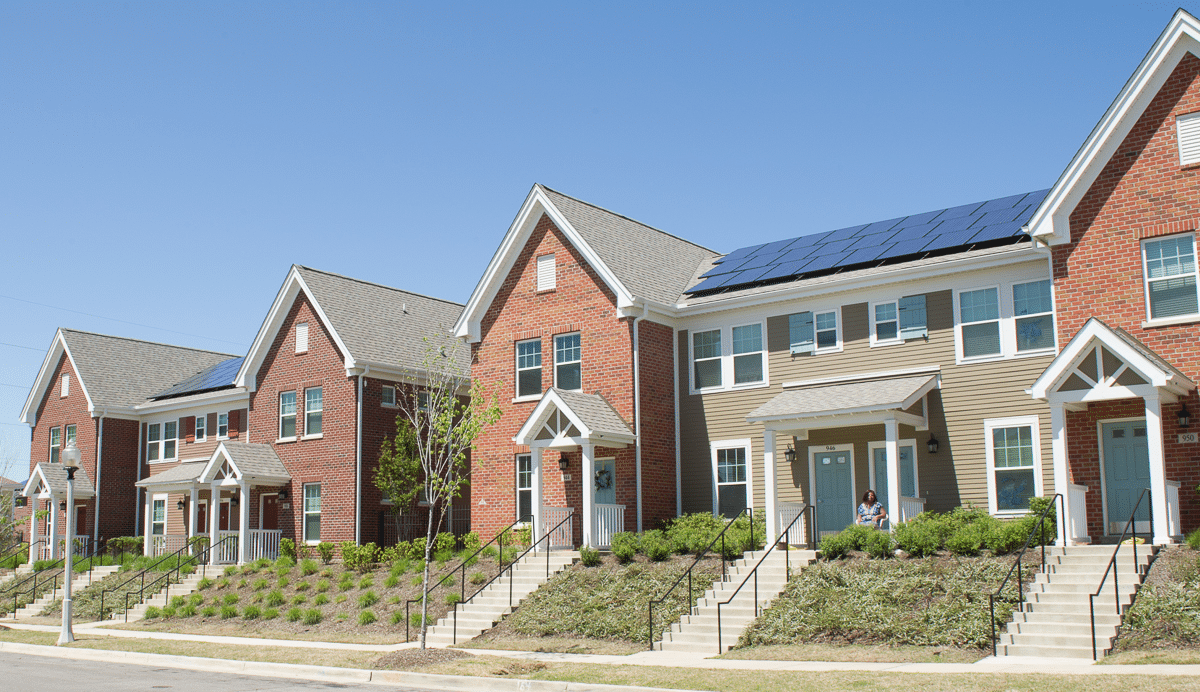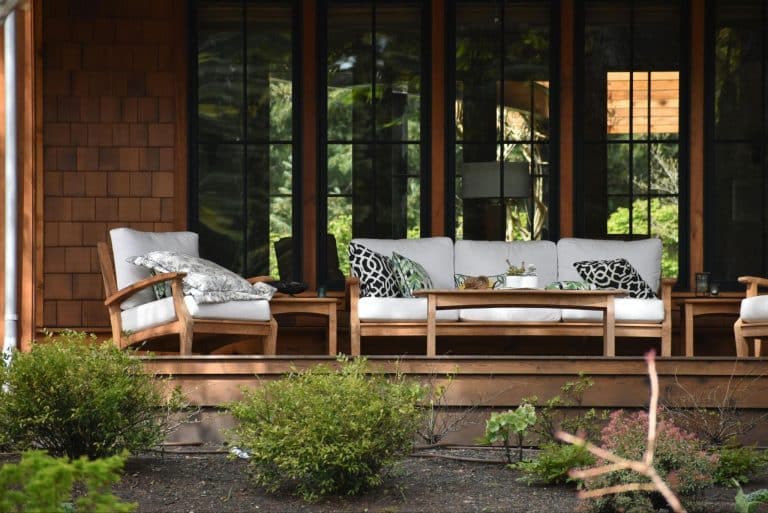Affordable Rental Housing Options for Modern Families
Modern families increasingly seek affordable, comfortable, and convenient rental options. With rising housing costs, many turn to communities offering flexible layouts, energy-efficient features, and family-friendly amenities such as parks and schools nearby. Affordable rental housing provides a practical solution for managing budgets without sacrificing quality of life.
By focusing on accessibility, safety, and long-term value, families can secure stable living environments that support financial stability and a positive lifestyle for all household members.
Introduction
Securing a home that fits the needs and budget of modern families is increasingly challenging in today’s real estate market. Rapidly rising rents and shrinking inventories in many urban areas have complicated affordable rental options. As families search for stability and comfort, exploring a broader spectrum of affordable mobile home rentals and other alternatives becomes essential for many households.
Affordable housing encompasses government-subsidized apartments and creative solutions and initiatives that make quality living accessible to low- and moderate-income families. By combining public programs, private innovation, and community involvement, families can discover various options suited to their unique circumstances. Navigating this landscape requires understanding traditional and modern housing solutions that address current affordability challenges.
It’s important to know where to look and which strategies to employ when searching for the right rental. Leveraging local and national resources, while keeping an open mind about unconventional housing models, can provide families with opportunities to attain safe, welcoming homes at a manageable cost.
Moreover, with creative trends emerging in urban development, such as micro-apartments and mixed-income communities, new pathways are being forged to address the shortage of affordable units and help families avoid being priced out of desirable neighborhoods. Exploring these alternatives can make all the difference in finding the right fit for your family.
Understanding the Affordable Housing Landscape
Affordable rental housing typically refers to accommodations that do not exceed 30% of a household’s income, as defined by the U.S. Department of Housing and Urban Development (HUD). This ensures families don’t sacrifice other essentials like food and healthcare.
Affordable options include apartments, single-family homes, mobile homes, and innovative models like shared housing. These units may be made available through government intervention, non-profit endeavors, or private developers with incentives to lower rental costs. The goal is to help families find stable, long-term housing options within their financial reach. For further reading about U.S. affordability standards, see this overview by HUD User.

Government Programs and Initiatives
Low-Income Housing Tax Credit (LIHTC)
The Low-Income Housing Tax Credit (LIHTC) program is a cornerstone of affordable housing development in the United States. It provides tax incentives to private developers to create or rehabilitate affordable rental housing. States like North Carolina have seen significant success, with the program leading to the creation of thousands of affordable units across the state each year. This broad public-private partnership helps keep rents accessible for lower-income tenants and brings much-needed supply to the market. Details on the latest LIHTC developments can be found in this NPR feature.
Housing Choice Voucher Program (Section 8)
The Housing Choice Voucher Program, often referred to as Section 8, assists qualifying families by subsidizing their rent in privately owned housing. Families pay a share of their income toward rent, while the program covers the rest, allowing families to access safe housing in various neighborhoods. The flexibility of this program can help families find homes close to work, school, and community resources.
Non-Profit Organizations and Community Initiatives
Non-profit organizations are pivotal in filling the affordable housing gap, especially for families who may fall outside strict government eligibility. Groups like National Community Renaissance (National CORE) build and manage various rental options, often integrating supportive services such as job training and youth programs to enhance community well-being. Non-profits typically collaborate with local governments and other partners to ensure their developments remain affordable and accessible for the long term.
Innovative Housing Solutions
Micro-Apartments
Micro-apartments are designed with efficiency in mind, making them a popular choice in high-density cities. These small but well-designed units allow individuals and smaller families to live affordably in otherwise expensive neighborhoods. Seattle and San Francisco are leading the way in developing micro-apartment communities that often include shared amenities to enhance livability.
Tiny Homes
Tiny homes offer another promising solution for families facing high rent costs. These compact dwellings use a minimalist approach, dramatically cutting housing expenses while maintaining privacy and comfort. In places like Jacksonville, Florida, tiny home villages are used as short- and long-term residences for families and individuals in need.
Mixed-Income Developments
Mixed-income housing projects intentionally blend affordable units with market-rate homes. This integration increases the overall supply of rental homes, supports economic diversity, and reduces the stigma associated with traditional public housing. Montgomery County, Maryland, has adopted this approach, resulting in vibrant, inclusive communities that reflect the socioeconomic diversity of the broader region.
Inclusionary Zoning Policies
Many cities are adopting inclusionary zoning ordinances, requiring new residential developments to set aside a percentage of units as affordable. While critics debate their impact on overall supply, proponents argue these policies have successfully expanded access to affordable housing in growing urban centers. The practice balances development incentives with community needs, making cities more livable for families of diverse backgrounds.
Utilizing Housing Resource Centers
Housing resource centers serve as critical information points for renters navigating the affordable housing market. For example, the New Jersey Housing Resource Center provides a comprehensive database of available affordable rentals, supported by guidance from housing counselors. These centers empower families to compare options, understand their eligibility, and connect with vital support services to ease the rental process. Local resource centers exist in many states and are worth consulting early in your housing search.
Conclusion
For modern families, searching for affordable rental housing involves examining various government programs, non-profit efforts, and innovative housing models. Keeping informed of new trends and local policies, leveraging support from reliable resource centers, and being open to unconventional solutions lead to greater housing stability. By taking an active, informed approach, families can secure rental homes that ensure both comfort and affordability for years.








